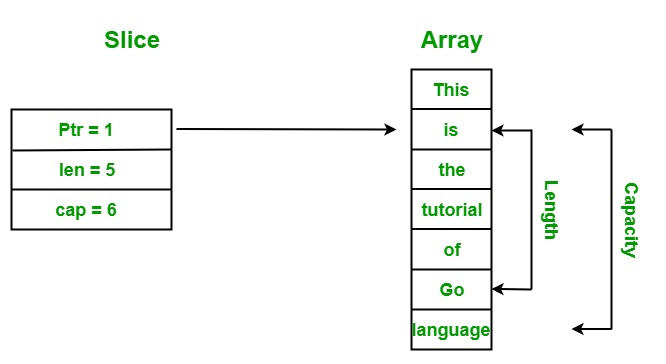

If you do not specify any elements, splice() will only remove elements from the array. The elements to add to the array, beginning from start. In this case, you should specify at least one new element (see below). If deleteCount is 0 or negative, no elements are removed. However, if you wish to pass any itemN parameter, you should pass Infinity as deleteCount to delete all elements after start, because an explicit undefined gets converted to 0. If deleteCount is omitted, or if its value is greater than or equal to the number of elements after the position specified by start, then all the elements from start to the end of the array will be deleted. This is different from passing undefined, which is converted to 0.Īn integer indicating the number of elements in the array to remove from start. If start is omitted (and splice() is called with no arguments), nothing is deleted. In computer programming, array slicing is an operation that extracts a subset of elements from an array and packages them as another array, possibly in a.Negative index counts back from the end of the array - if start = array.length, no element will be deleted, but the method will behave as an adding function, adding as many elements as provided.

Zero-based index at which to start changing the array, converted to an integer.

This means if you slice an array passing start as 0 and end as 5, then elements from 0th to 4th index will be copied.


 0 kommentar(er)
0 kommentar(er)
